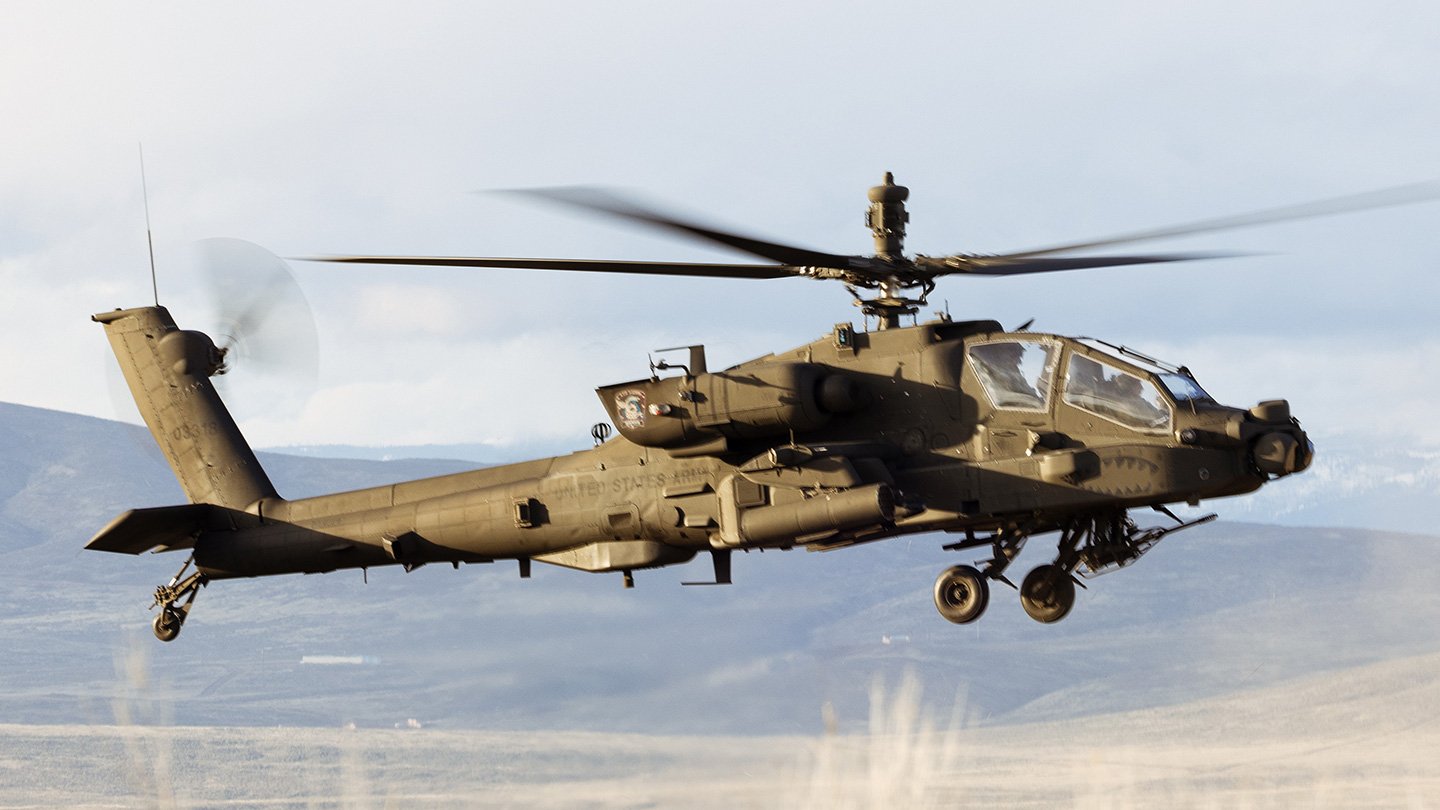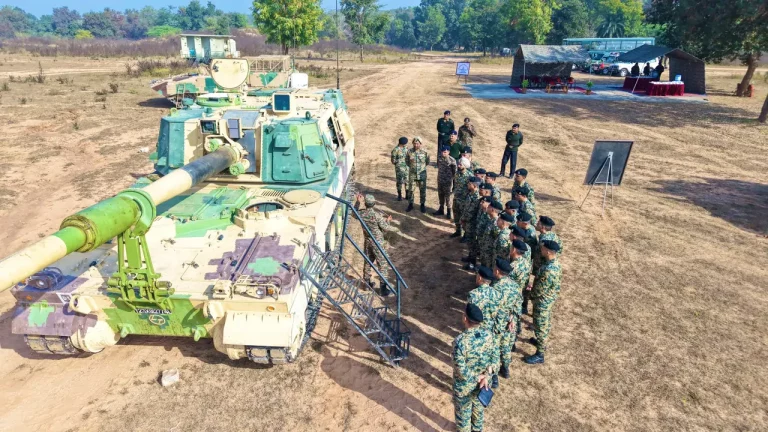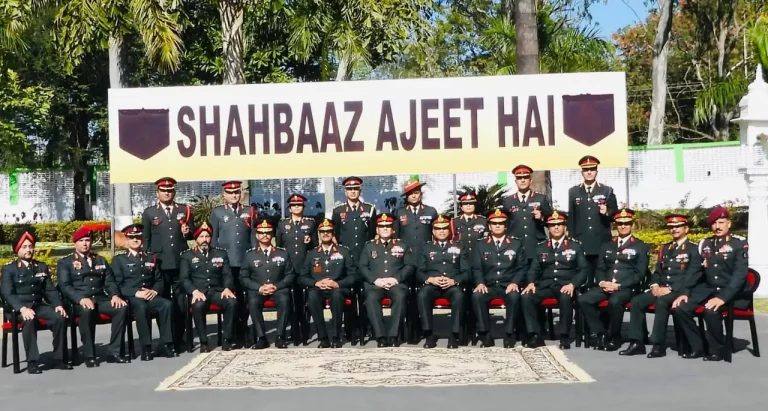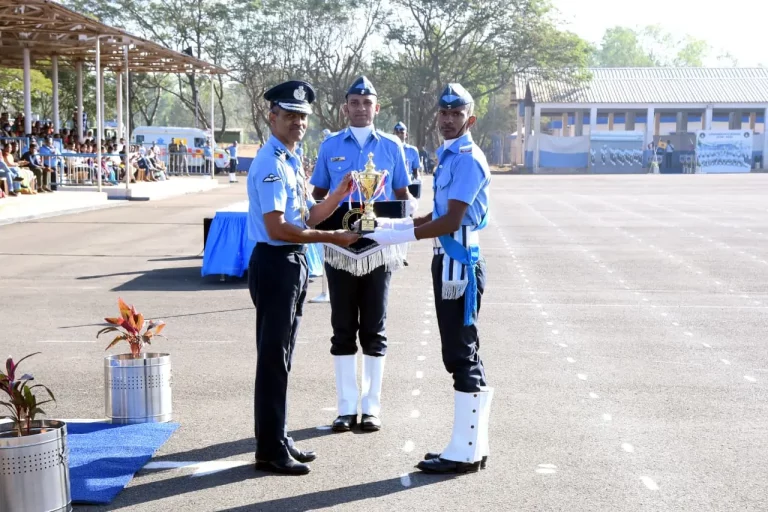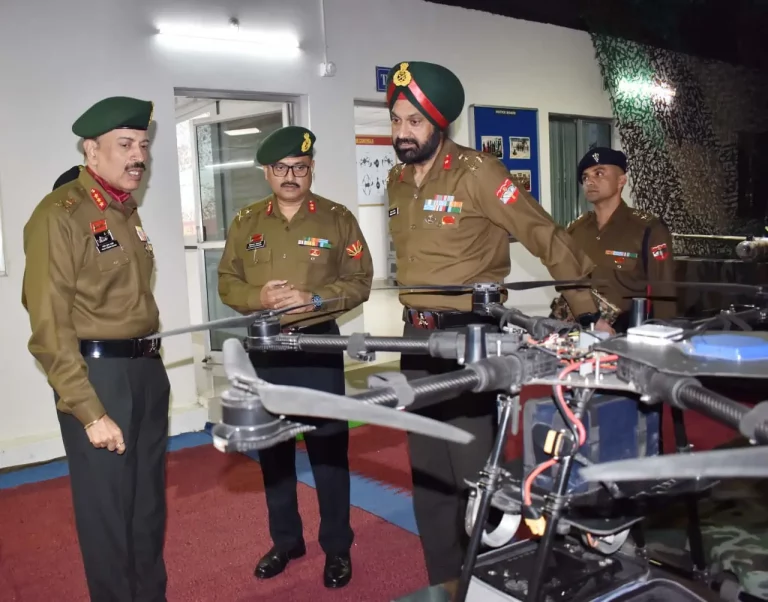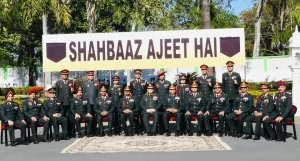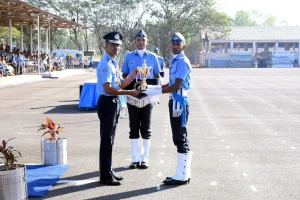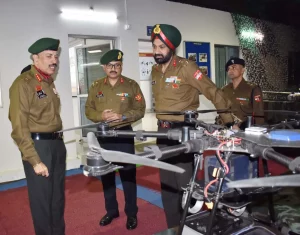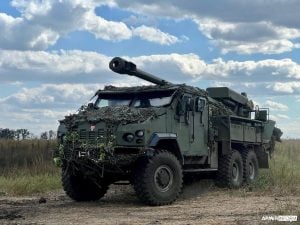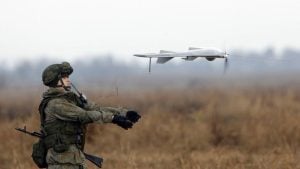The Indian Army is set to welcome its long-awaited fleet of Boeing AH-64E Apache attack helicopters starting this month, marking a significant milestone in military modernization efforts. This $800 million defense deal was initially signed in February 2020, during a visit by then-U.S. President Donald Trump to India. However, the program has been plagued by extensive delays, ultimately pushing delivery dates back by over 18 months.
Originally, the full delivery was expected by February 2024, comprising six advanced combat helicopters designated for the Army Aviation Corps. As of June 2025, not a single unit has been delivered, leaving the newly formed 451 Aviation Squadron—established in March 2024 at Nagtalao, Jodhpur—non-operational despite being fully manned and trained.
Boeing has attributed these delays primarily to global supply chain disruptions and technical issues, including a critical fault in the helicopters’ electrical power generator that raised safety concerns due to potential hazardous cockpit smoke. Revised estimations in September 2024 had projected initial deliveries by February 2025, but those deadlines were also missed. Current defense sources indicate that the first batch of three Apache helicopters is now expected to arrive in July 2025, with the remaining three scheduled for delivery in October and November.
Another contributing factor to the delays has been India’s relatively low ranking in the U.S. Defense Priorities and Allocations System Program (DPAS-T), which caused further procurement bottlenecks. Although diplomatic measures taken between April and May 2024 improved India’s standing in the DPAS, persistent supply chain challenges have continued to hinder progress.
The AH-64E Apache is renowned as a highly capable combat platform, often referred to as a “flying tank.” It is equipped with advanced sensors and targeting systems, Hellfire air-to-ground missiles, Stinger air-to-air missiles, and a 30mm chin-mounted gun capable of firing 625 armor-piercing rounds per minute. This helicopter is particularly valuable for deep reconnaissance missions and coordinating with unmanned aerial vehicles, making it essential for operations in desert warfare, especially near the Pakistan border. The induction of these helicopters will complement the Indian Air Force’s existing fleet of 22 AH-64Es, which were acquired between 2019 and 2021 as part of a separate $3.1 billion contract.
The acquisition of the Apache helicopters is part of the Indian Army’s broader strategy to establish dedicated attack helicopter squadrons independent of the Air Force. This organizational shift is aimed at providing direct and responsive close-air support during armored combat scenarios and aligns with India’s evolving Cold Start Doctrine, which focuses on rapid mobilization and precision strikes against regional threats.
The ongoing delays have ignited discussions regarding India’s reliance on foreign defense suppliers. Some analysts suggest that the Biden administration’s cautious diplomatic approach toward India—which stems from India’s neutral position on the Russia-Ukraine conflict—may have contributed to the slowdown. However, indications of a renewed focus on U.S.-India defense cooperation are emerging with a potential shift back toward a more favorable relationship under future administrations.
Despite these setbacks, the Apache program holds significant strategic importance for India. Notably, Boeing has partnered with Tata Advanced Systems Ltd. in Hyderabad for the production of Apache fuselages, utilizing 90% locally sourced components. This collaboration underscores India’s ambitions under the Make in India initiative and emphasizes the increasing involvement of domestic industry in global defense supply chains.
